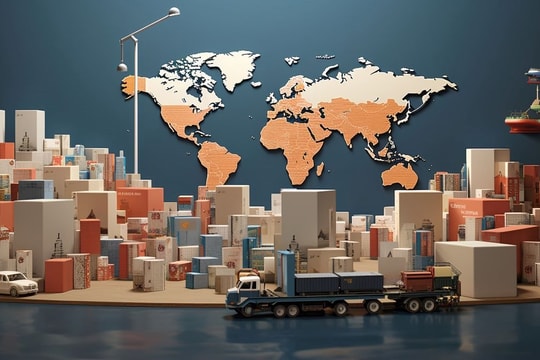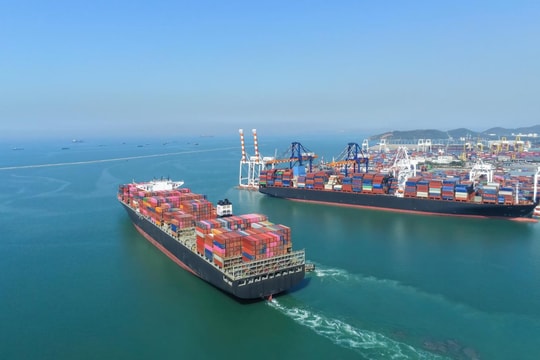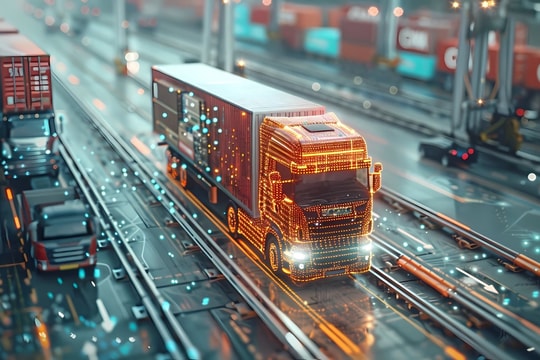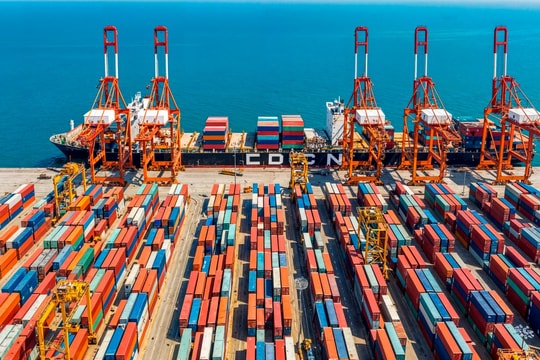
Technology Applications in Warehouse Management
The application of Warehouse Management Systems (WMS) is no longer limited to basic tasks like inventory logging or stocktaking. Modern WMS solutions now support integration with autonomous robots, automated transport systems, and AI-driven data analytics, creating a seamless, accurate, and fast goods flow process. Next-generation WMS can even learn from consumer behavior to optimize storage locations based on movement frequency and usage patterns.
IoT plays a vital role in monitoring warehouse conditions and goods movement. IoT sensors provide early alerts when detecting temperature or humidity fluctuations beyond acceptable thresholds, or any operational leaks, allowing businesses to address issues promptly.
Meanwhile, autonomous robots not only transport goods but also handle sorting, packaging, and delivering items to precise storage locations. In smart warehouses, these robots operate in coordination with central management systems, ensuring continuous and stable 24/7 operations.
The application of digital technologies in warehouses not only enhances order processing speed but also creates a highly adaptable and flexible operating ecosystem. This is what enables companies to shift from a reactive mode to a proactive role within the supply chain.
Smart Warehouses and Operational Efficiency
Amazon stands out as a prime example of warehouse tech integration. Its Kiva Robots system has shortened item-picking times from 60 minutes to under 15 minutes. AI is also used to forecast consumer trends, allowing high-demand items to be strategically placed for quicker processing.
DHL is also a major player in this race. The company has implemented automated barcode scanning systems combined with IoT sensors at its distribution centers to track goods in real time. This helps reduce errors and improve last-mile delivery efficiency—a long-standing pain point in the logistics industry.
The difference between an efficient business and a stagnant one lies in the ability to apply data in management. Smart warehouses are not just storage facilities; they are also analytics centers, decision-making hubs, and flow-direction engines based on data.

“Digital transformation is no longer optional but a survival necessity for modern warehouses. Systems like WMS integrated with AI and big data are helping us cut operational costs by up to 40% while increasing order processing accuracy to over 99%.”
— Mark Manduca, Chief Investment Officer at GXO Logistics
Source: Inbound Logistics
Digital transformation in warehouse management brings clear advantages in performance, flexibility, and competitiveness. However, to achieve real effectiveness, businesses must implement a well-structured transformation strategy tailored to their scale and operational characteristics. Beyond technology investment, human factors and operational culture play a decisive role in ensuring successful transformation. The future belongs to companies that continuously innovate—and smart warehouses are the foundation of that future.



.jpg)



.jpg)

.jpg)
.jpg)
.jpg)
.png)












